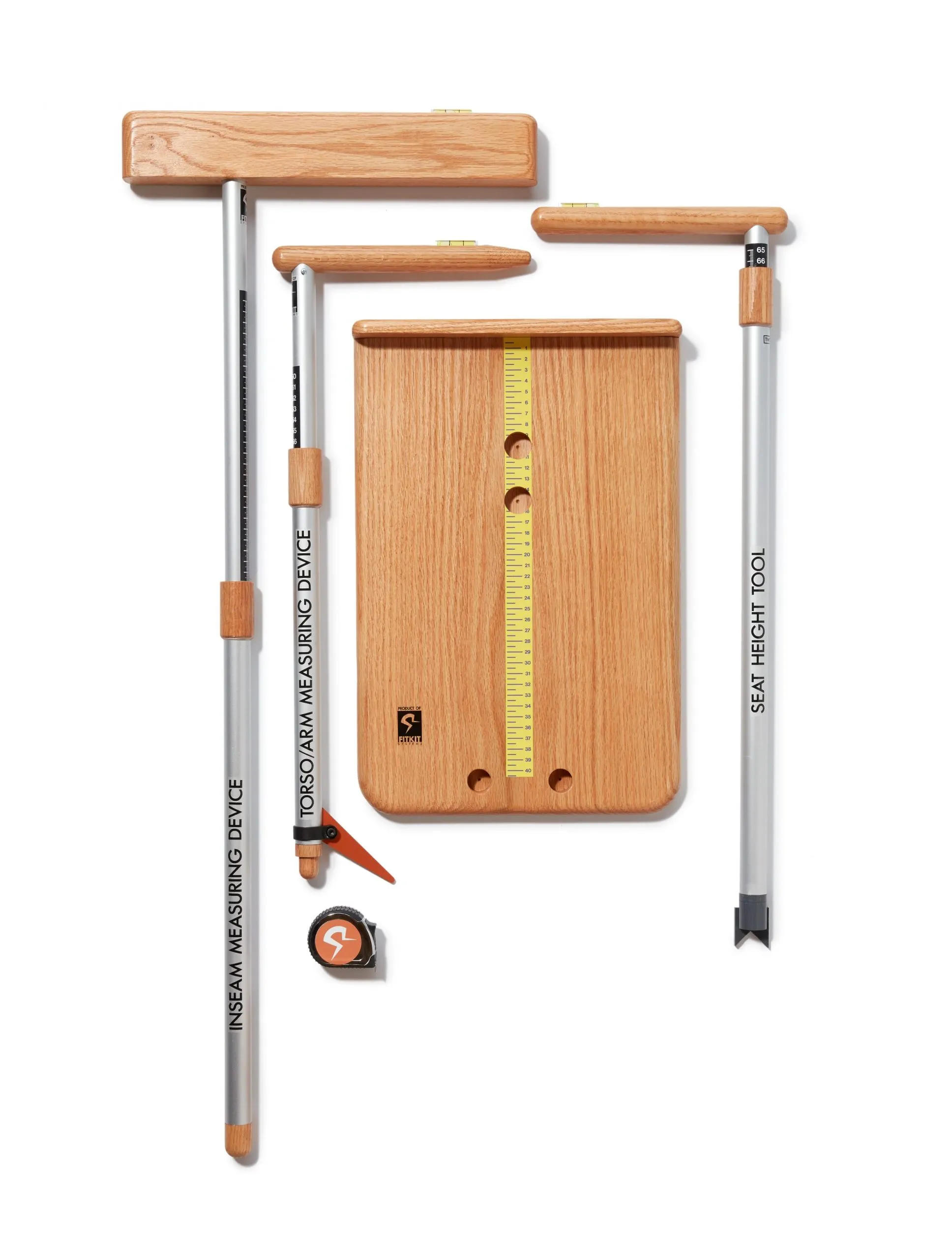Bike Sizing and Bike Fitting
- Physical | Workshop
- Kuala Lumpur, Malaysia
Themes & Topics
Cycling
Fitness
About the Experience
No prior experience required
Description
What is Bike Sizing
Bike Sizing is a process to determine if a particular bicycle is of a suitable frame size and geometry to accommodate the rider in a position that:
- is bio-mechanically safe
- comfortable, given the riders physical mobility and stability
- does not adversely affect the control and handling of the bicycle
- allows for fine tuning of the seat and handlebar position to optimize comfort, efficiency and performance. i.e the contact points are not at “end of range”
Sizing is ideally performed:
- prior to purchasing a bicycle
- in the early phase of fitting an existing bike, to confirm that a good fit is achievable
Pre-Purchase Sizing
Approaches to pre-purchase sizing can be as basic as checking for stand over clearance or using the rider’s height to select a bike size, or as sophisticated as using a software powered size cycle to simulate different final fit positions and potential and recommended bike makes, models, components and setups. Fit Kit Systems offers an intermediate, measurement-based approach that is fast, affordable and effective.
Pre-Fit Sizing
To attempt to fit a bike to a cyclist that is fundamentally the wrong size or shape for them is a futile exercise resulting in frustration and dissatisfaction for both the fitter and the cyclist. By first confirming that a bike is an appropriate size for a rider the fitter can proceed to fit with the confidence that they will be able to adjust the bike to the benefit and satisfaction of the rider. If the bike is the wrong size to allow for a good fit, then a discussion can take place about what course of action is best pursued, before time is wasted attempting a fit.
What is Bike Fitting?
A professional service to improve a cyclist’s interaction and experience with their bicycle, with a focus on:
- Preventing and resolving discomforts and injuries
- Improving Comfort
- Increasing Efficiency
- Enhancing Performance
- Promoting Safety
Preventative “maintenance” is an increasingly common motivation to get a bike fit, especially amongst people new to the sport. Aspiring cyclists don’t want to wait to experience knee or back issues – they want to optimize their bike setup and riding technique and habits from the outset.
Comfort in the context of a bike fit means the absence of discomfort resulting from positioning, posture, ergonomic touch points and equipment choices. Discomfort may still be experienced from exertion and environmental variables (wind, rain, temperature), but ideally are eliminated or minimized for other reasons.
Efficiency refers to converting biologically produced energy into mechanical energy. This is where attention to the biomechanics of cycling is important, as it has to do with force generation and power transfer.
Performance gains will typically be a byproduct of improving comfort and efficiency but there may be attention to specific aspects like aerodynamics that impact overall performance.
Safety is not often mentioned, but an important aspect of bike fit is ensuring that access to the controls (steering, braking, gear changing) is ideal, and the handling of the bike while being ridden is not compromised.
In summary, bike fitting is a process used to achieve a desired fit outcome for a cyclist. A fit outcome often involves an interplay of improving aspects of comfort, efficiency, and performance, but may be tightly defined as resolving a specific issue like a sore knee or back or stopping hands or feet from going numb.
However what cyclists often remember and evaluate a fitter on is the fit experience, which is what happens during the bike fit session. It should be engaging, interactive, educational, informative, respectful, communicative, and fun!
The aim of a bike fit is to move the needle from a compromised or suboptimal relationship between cyclist and their bike, towards optimal.
Instructions
How to prepare
For Bike Sizing - 1. Wear comfortable Shirt and avoid wear Jeans or Thick material pants 2. No Skirt or Baju Kurung 3. If you have bike or frame you planing to buy, can prepare the exact model/ year and the sizing chart. For Bike Fitting 1. Wear comfortable Shirt or your riding cloth 2. No Skirt or Baju Kurung 3. Advise wear your riding shoe for better fitting 4. Bring your bike.

About the Expert

Location
Kuala Lumpur, Federal Territory of Kuala Lumpur
Kuala Lumpur, Federal Territory of Kuala Lumpur, Malaysia